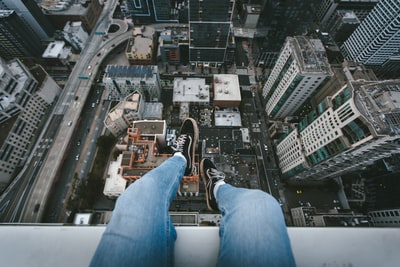
Pressure is a very important part of the cardiac cycle. It affects whether a valve is open or closed and in which direction the blood will flow. Fluids flow from an area of high pressure to one of low pressure and that pressure will increase when the amount of blood in a chamber increases and when a chamber contracts.
- As the blood flows into the atria it moves on into the ventricles as the valves are open.
- The pressure in the atria increases as the blood flows through them and until atrial systole ends.
- Within the ventricles the pressure increases as they fill up with blood which causes the atrioventricular valves to close.
- The ventricles then contract causing the intraventricular pressure to be higher than the pressure in the arteries.
- The blood is then forced out of the ventricles and through the pulmonary artery and aorta.
- The pressure is now higher in the arteries which causes the semilunar valves to shut and prevent backflow into the ventricles.
——————————————————
The Cardiac Cycle

- Blood flows into the right atrium from the superior and the inferior vena cava.
- The blood then moves into the right ventricle across the tricuspid valve.
- Blood leaves the right ventricle via the pulmonary artery and is transported to the lungs where it’s oxygenated.
- The oxygenated blood enters the left atrium by the pulmonary vein.
- It then enters the left ventricle across the mitral valve.
- Blood is then pumped across the aortic valves into the aorta and then around the rest of the body.